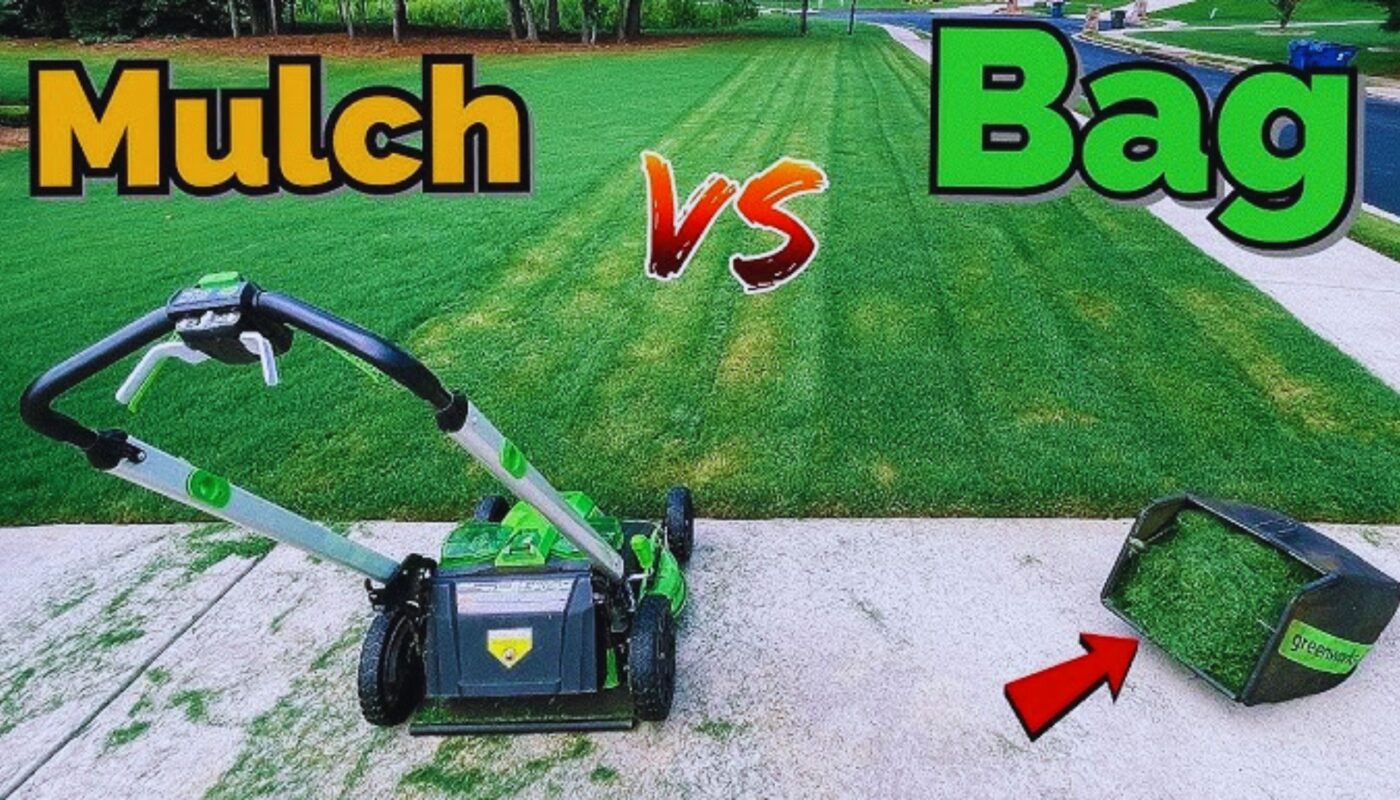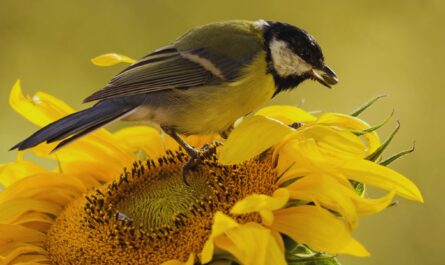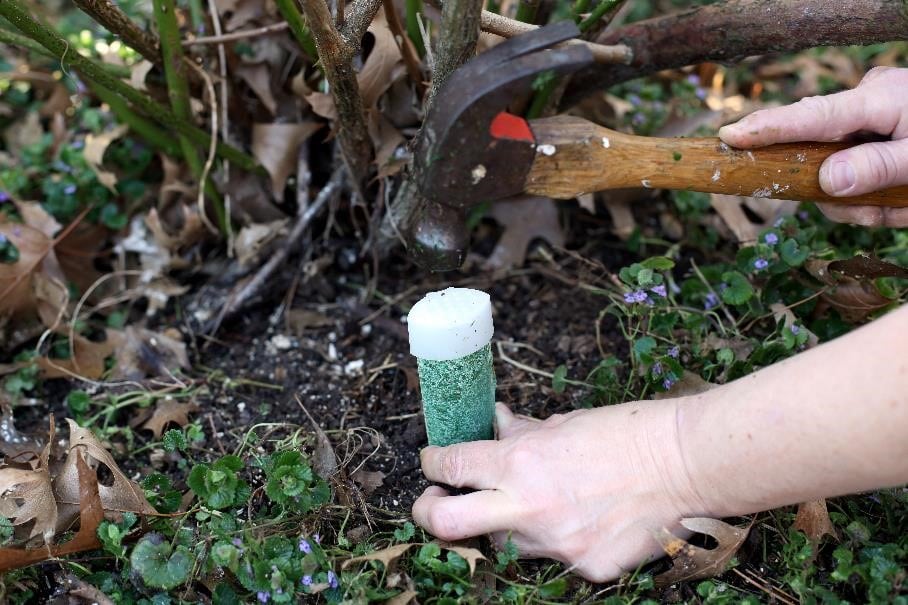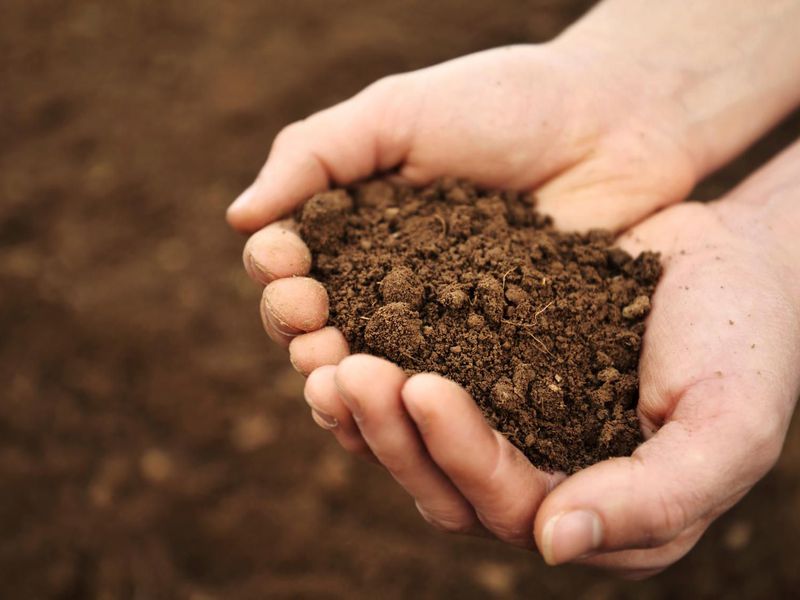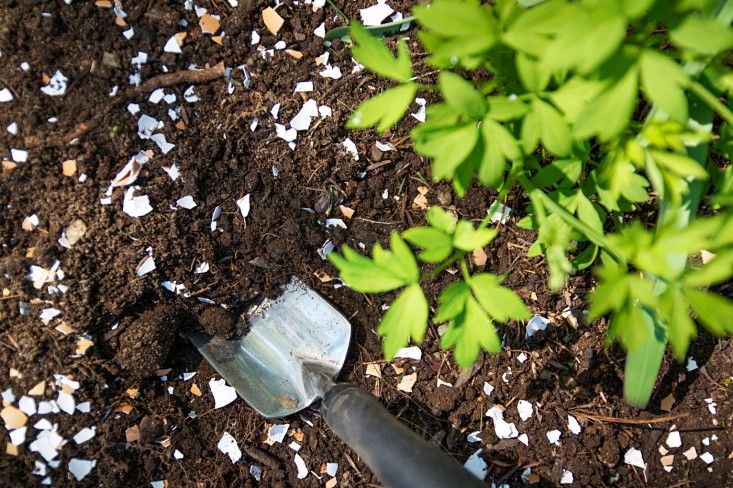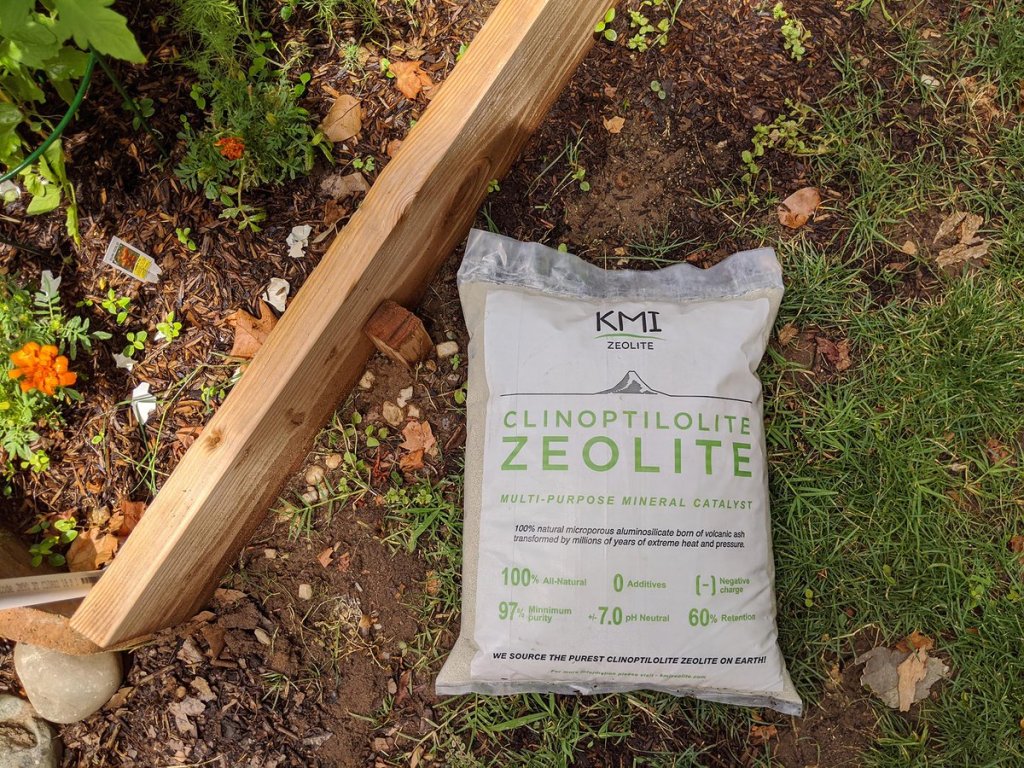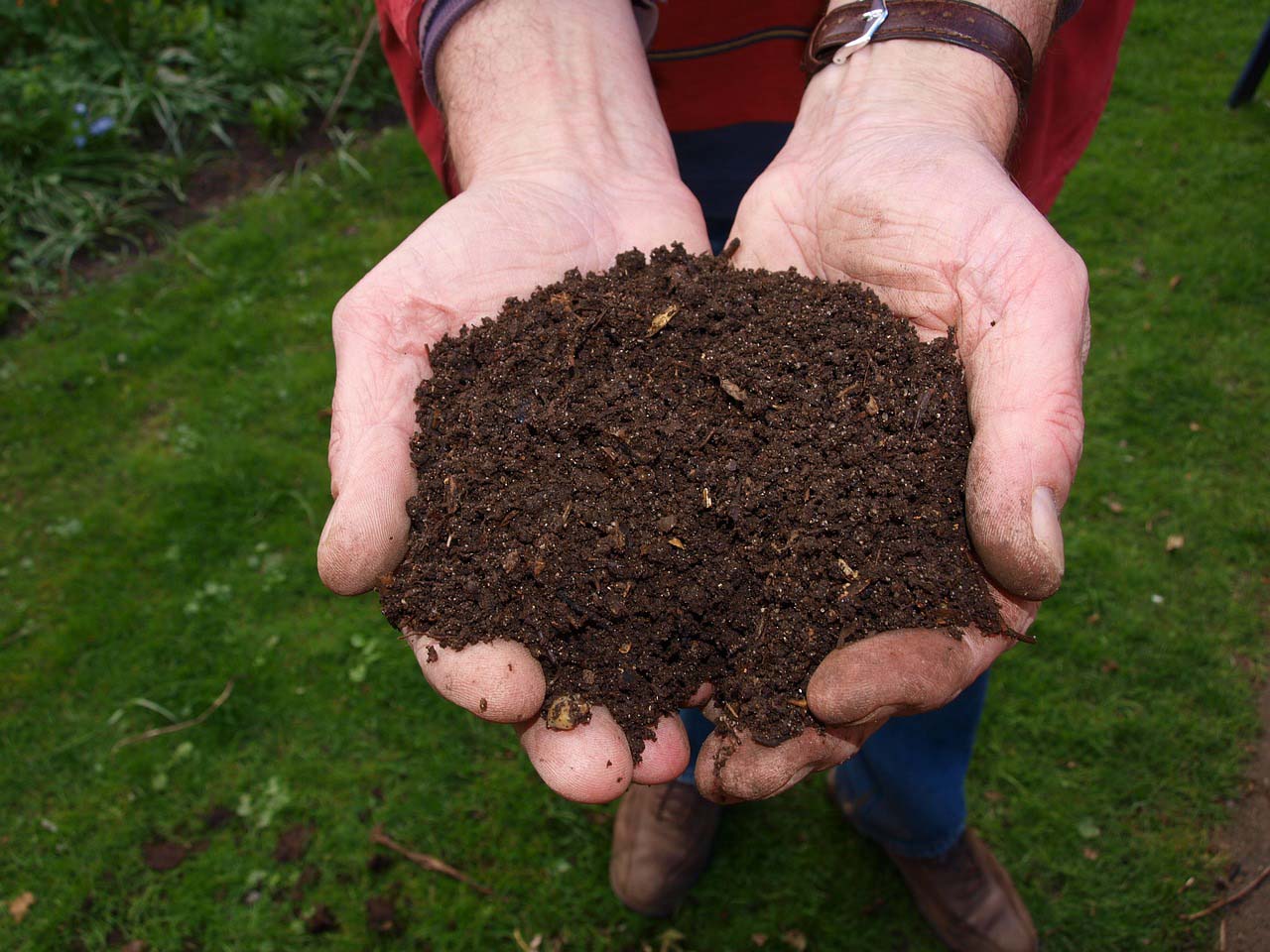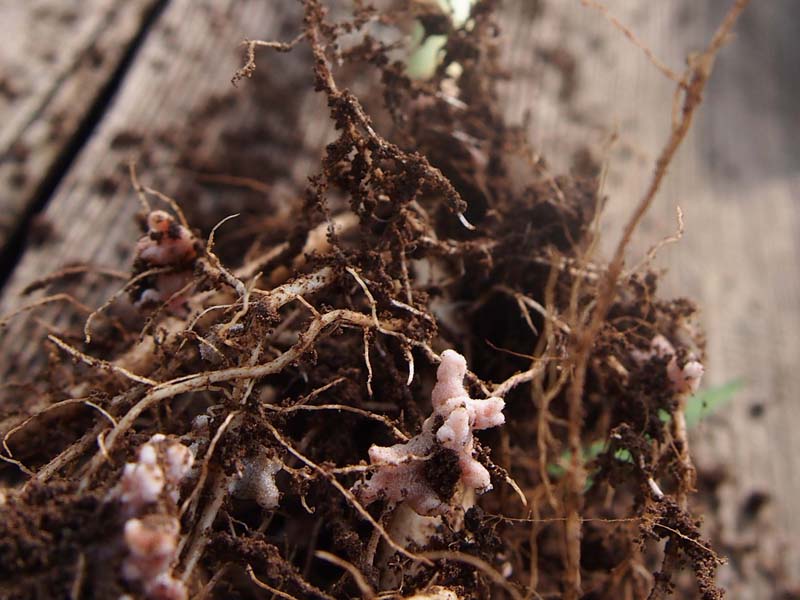In the eternal debate over lawn care, mulching vs. bagging stands as a pivotal choice. Mulching champions nutrient-rich recycling, moisture retention, and time-saving benefits. Conversely, bagging offers a tidy aesthetic, weed prevention, and disease control. Dive into our blog to unravel the nuances and make an informed decision for your lawn.
Mulching
Mulching is a gardening and landscaping practice that involves spreading a layer of material over the soil surface around plants. This material can be organic, such as grass clippings, leaves, straw, wood chips, or compost, or inorganic, such as plastic or rubber.

- Process:
Mulching involves cutting grass into small pieces and leaving them on the lawn.
- Benefits:
- Nutrient Recycling: Mulched grass clippings decompose quickly, returning nutrients like nitrogen back into the soil.
- Moisture Retention: Mulch helps to retain moisture in the soil, reducing the need for watering.
- Soil Health: Mulch improves soil structure, promotes microbial activity, and reduces soil erosion.
- Time Saving: Mulching eliminates the need to collect and dispose of grass clippings, saving time and effort.
- Considerations:
- Clumping: Improper mulching technique or wet grass can lead to clumping, which may smother the grass underneath.
- Appearance: Some people prefer a neater appearance without grass clippings left on the lawn.
- Mower Capability: Mulching requires a mower with a mulching blade or a mulching kit.
Bagging
Bagging refers to the practice of collecting grass clippings or other garden debris in a bag attached to a lawn mower or other garden equipment. Instead of leaving the clippings on the lawn or garden surface, they are collected and contained within the bag for disposal or recycling.
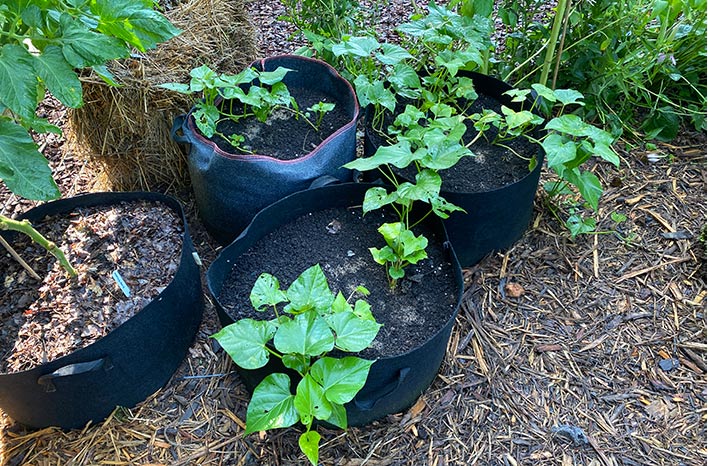
- Process:
Bagging involves collecting grass clippings in a bag attached to the lawn mower.
- Benefits:
- Neat Appearance: Bagging leaves the lawn looking tidy by removing grass clippings from the surface.
- Weed Prevention: Bagging can help prevent the spread of weeds if the clippings contain weed seeds.
- Disease Control: Bagging removes diseased grass clippings, reducing the risk of spreading diseases to healthy grass.
- Considerations:
- Nutrient Loss: Bagging removes nutrients from the lawn, which then need to be replaced through fertilization.
- Labor Intensive: Bagging requires frequent stops to empty the bag, which can be time-consuming for larger lawns.
- Disposal: Bagged grass clippings need to be disposed of properly, either through composting or municipal waste collection.

